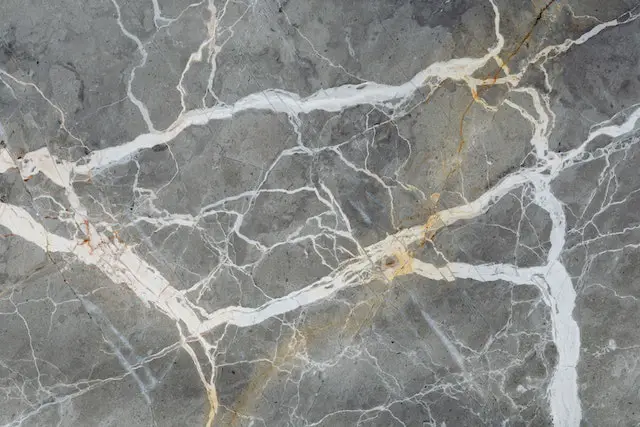Marble is a popular and elegant natural stone that is commonly used in countertops, flooring, and other architectural applications. However, one question that often arises is whether marble can crack when exposed to heat. In this article, we will explore the effects of heat on marble and whether it can lead to cracking.
Understanding Marble and Heat Resistance
Marble is a type of metamorphic rock that is formed from limestone under intense heat and pressure over millions of years. It is composed mainly of calcium carbonate and has a distinctive veined appearance that adds a touch of luxury to any space.
When it comes to heat resistance, marble is generally considered to be heat resistant. This means that it does not easily become hot and can withstand moderate temperatures without any significant damage. However, it is important to note that marble does have its limits when it comes to heat exposure.
The Threshold for Cracking
While marble is heat resistant, it can crack when exposed to high temperatures. The exact temperature at which marble will crack can vary depending on factors such as the type of marble, its thickness, and the duration of heat exposure.
According to experts, marble can crack when exposed to temperatures above 400 degrees Fahrenheit (204 degrees Celsius) . At this temperature, the thermal shock caused by the rapid expansion and contraction of the marble can lead to fissures and cracks in its surface.
Factors Affecting Marble’s Reaction to Heat
Several factors can influence how marble reacts to heat and its susceptibility to cracking. These factors include:
- Direct Contact: Direct contact between hot objects and marble can increase the risk of cracking. Placing a hot pan or pot directly on a marble surface can cause thermal shock and lead to cracks.
- Heat Duration: Prolonged exposure to high temperatures can increase the likelihood of marble cracking. It is important to avoid leaving hot objects on marble surfaces for extended periods.
- Marble Quality: The quality and composition of the marble can also affect its reaction to heat. Some types of marble may be more prone to cracking than others.
- Thickness: Thicker slabs of marble are generally more resistant to heat and less likely to crack compared to thinner ones.
Precautions to Protect Marble from Heat
To prevent cracking and damage to marble surfaces due to heat, it is essential to take certain precautions. Here are some measures you can take:
- Use Heat Pads or Trivets: Always use heat pads, trivets, or potholders when placing hot objects on marble countertops or surfaces. These protective barriers help to insulate the marble from direct heat contact and minimize the risk of cracking.
- Avoid Sudden Temperature Changes: Avoid exposing marble to sudden temperature changes, such as placing a hot object on a cold marble surface or vice versa. Gradual temperature changes are less likely to cause thermal shock and cracks.
- Clean Spills Promptly: If hot liquids or substances spill on a marble surface, clean them up immediately. The heat from the spill can potentially damage the marble if left unattended.
- Regular Maintenance: Proper maintenance and sealing of marble surfaces can help enhance their heat resistance and protect them from potential damage. Consult with a professional for guidance on the appropriate maintenance routine for your specific marble installation.
Conclusion
While marble is generally heat resistant, it can crack when exposed to high temperatures. The threshold for cracking is typically around 400 degrees Fahrenheit (204 degrees Celsius). To protect marble surfaces from heat-related damage, it is important to use heat pads or trivets, avoid sudden temperature changes, clean spills promptly, and maintain the marble properly. By following these precautions, you can ensure the longevity and beauty of your marble installations.

